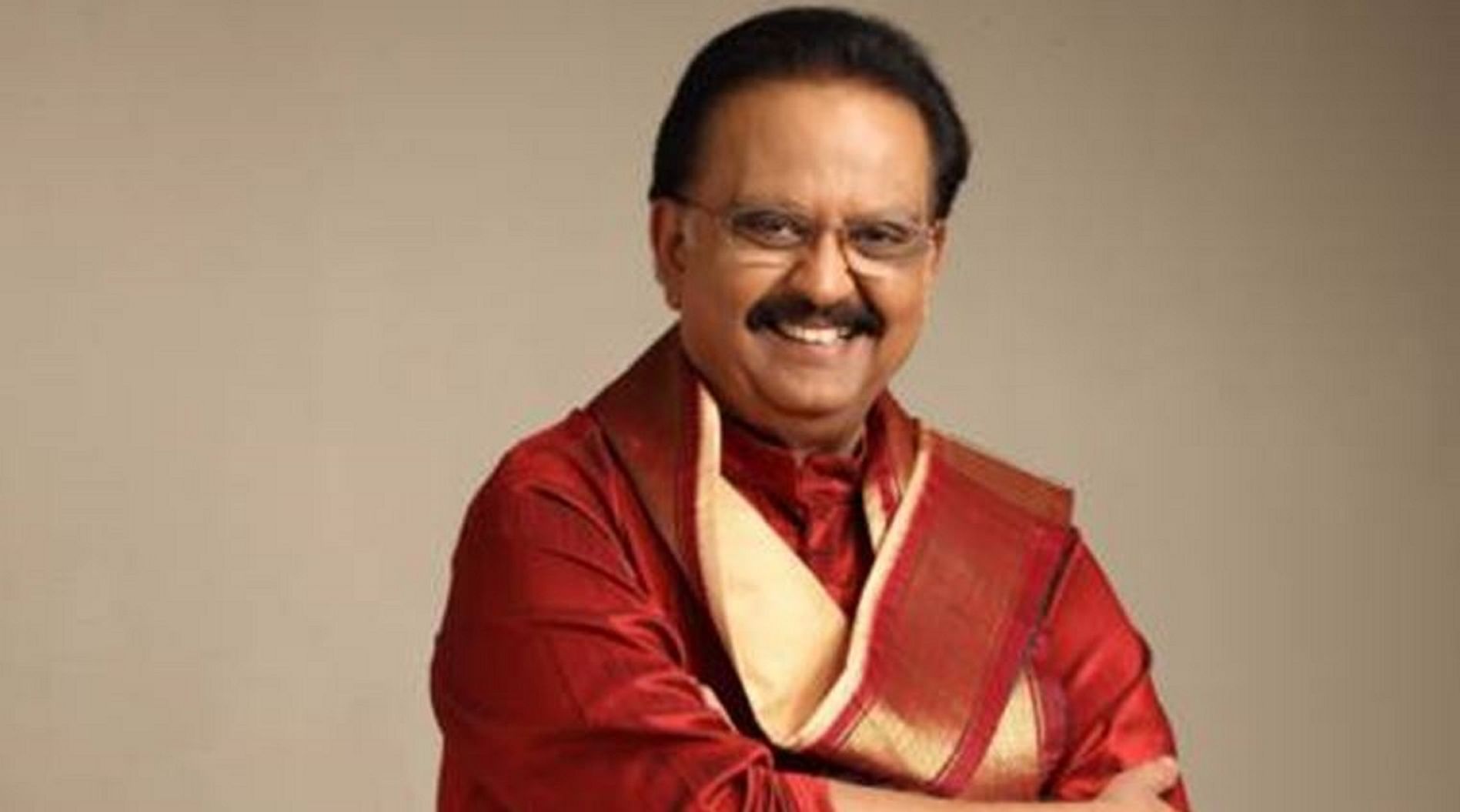
I hail from the town of Hospet. Given our proximity to Hampi, capital of Vijayanagar, we still bask in the glory of an empire whose magnificence lasted till the 16th century.
From 1976 to '79, I was the main singer in an orchestra called Vijayanagar Kalavrinda. No wedding reception was complete without our singing. We began with an invocation to Ganesha and the next song was Shubhashaya (from the film Seeta, with music by Vijayabhaskar, and originally sung by S P Balasubrahmanyam). It was an appropriate song, wishing the couple happiness and fulfilment in their married life. I must have rendered this on stage at least 400 times. After this, it could be any song like Idu Yaaru Bareda Katheyo (pathos, from the Rajkumar film Premada Kanike) or Manava Moole Mamsada Tadike (philosophical, from Bhakta Kumbara, also a Rajkumar film), having no relevance to the occasion.
We had adopted some of SPB’s Telugu songs, notable among them being raga-based numbers from the film Shankarabharanam. We also sang Shivaranjanji (from Turpu Padamara) and Abhinava Taravo (from Shivaranjani), both based on raga Shivaranjani.
SPB’s Kannada hits Aaseya Bhaava, Ninna Neenu Maretarenu Sukhavide, both based on raga Bhimpalas, were always on our playlist. Tarikere Eri Mele, with elements of rock and fusion, was another favourite. The yodelling parts called for a special ability. I used to sing all these songs, taking SPB’s recordings as my reference.
Music starts with imitation and I got into classical music with an imitation of Nambide, originally sung by Pandit Bhimsen Joshi for the Kannada film Sandhyaraga. I also tried P B Sreenivas’s style, with the song Ravivaramana Kunchada. The next stage is repetition, when you keep singing the same song again and again, without the knowledge or the freedom to improvise. The third stage is creation, obtained by going to a learned guru and pursuing the art for a few years.
The death of SPB has left a big void in film music. He was an extraordinary talent. Giving expression to the tunes of hundreds of music directors is not easy. Till the early 1990s, technology demanded that a song be recorded at one go, with all musicians performing together to a tight, meticulously defined score. Later, technology developed in such a way that singers and instrumentalists could perform separately. A sound engineer now consolidates the individual tracks and a song is born. These advances have helped the industry record more songs. But they have not undermined the role of playback singers.
SPB’s songs Radhike Ninna Sarasvidene, Saamaja Varagamana and Pavadisu Paramaatma have their roots in classical ragas. It becomes obvious when we hear them that the intuitive ability of the singer is one part. The creative genius of the composer is another. A composer plays the role of a guru in the film music context.
Some in awe of SPB say that no guru is necessary to become a legend. I beg to differ. Without working closely with his composer-gurus, he couldn’t have produced such great melodies. Music is sometimes referred to as 'Shravana Vidya', or knowledge acquired from listening. Intent listening results in learning. We cannot thank SPB enough for the immortal songs he has left for us. In a TV interview, when the anchor asked him what he wanted to do in his next birth, he said, “I want to learn music from a guru in a traditional way.”
(The author performs and teaches Hindustani classical music)